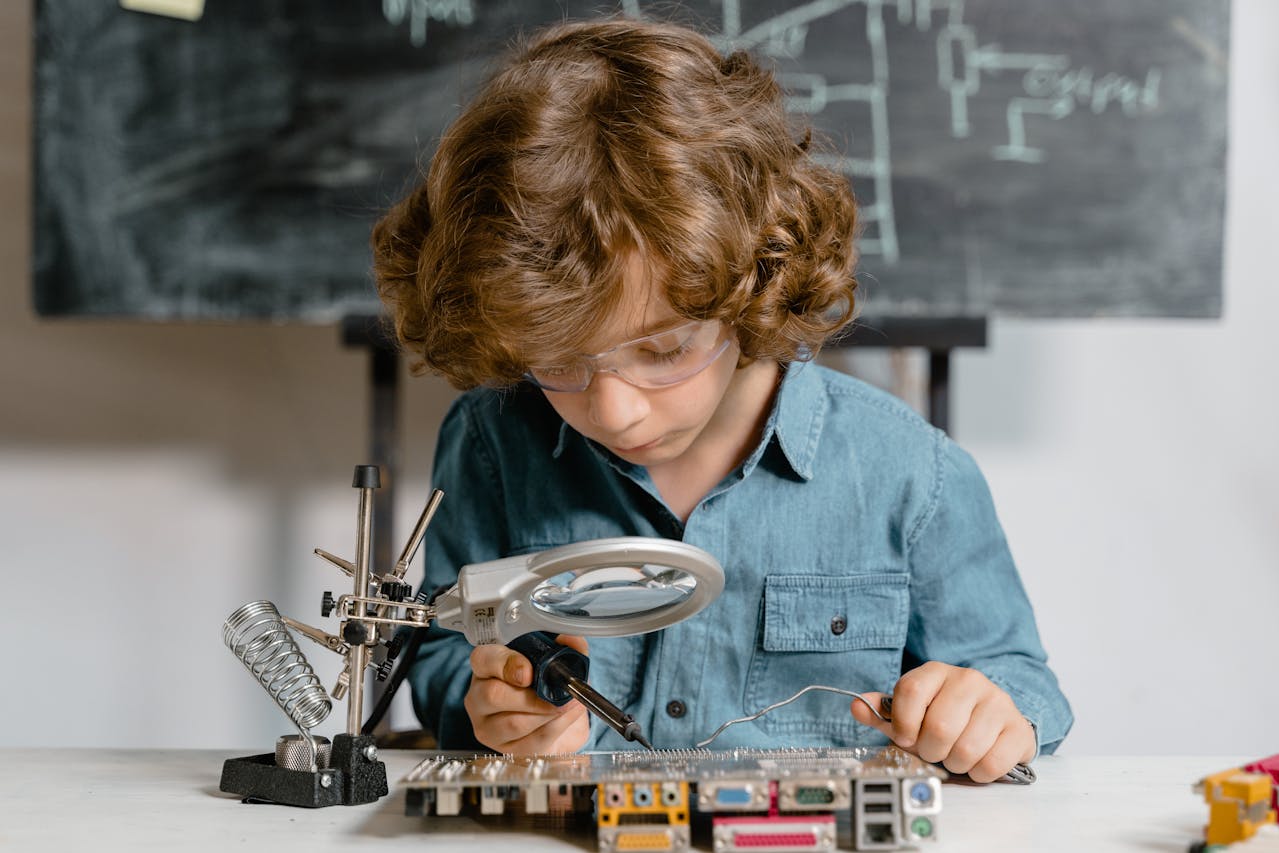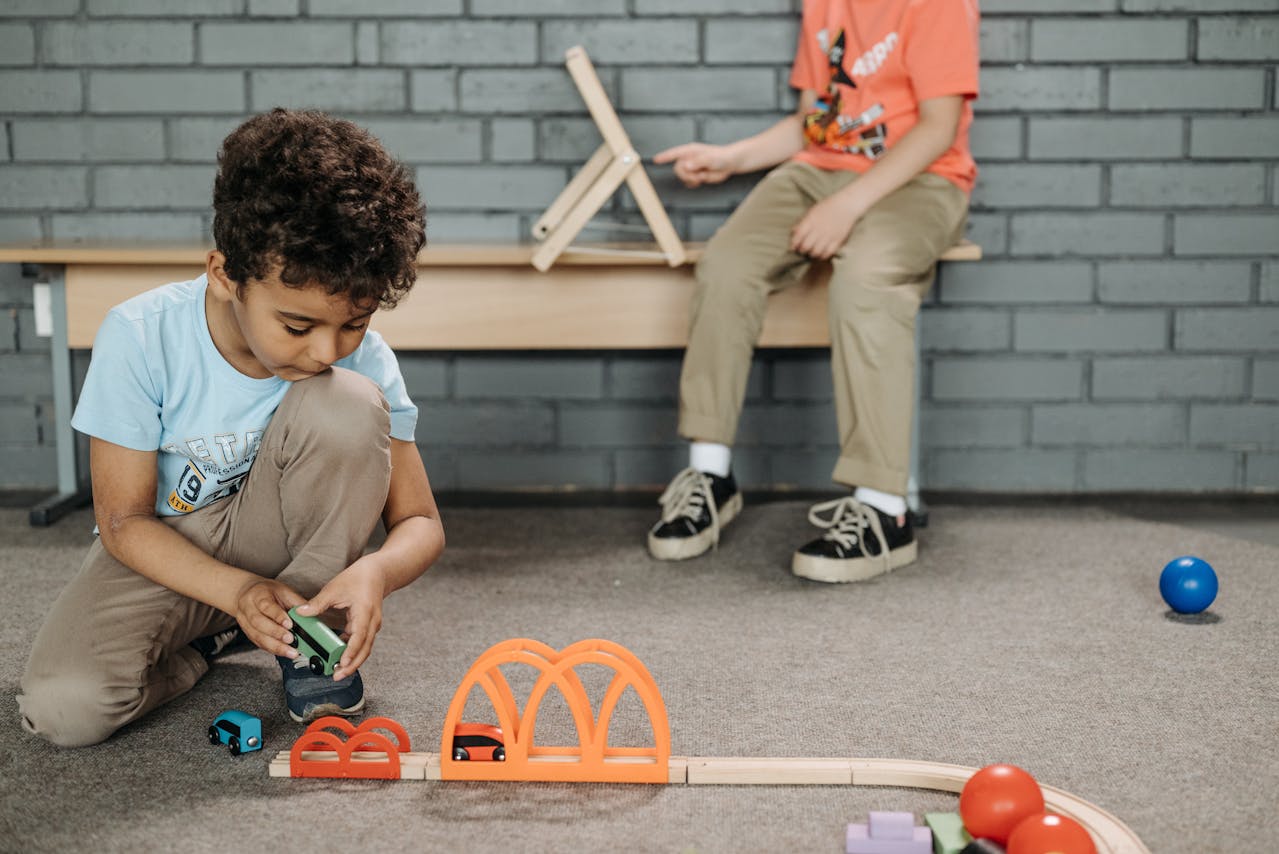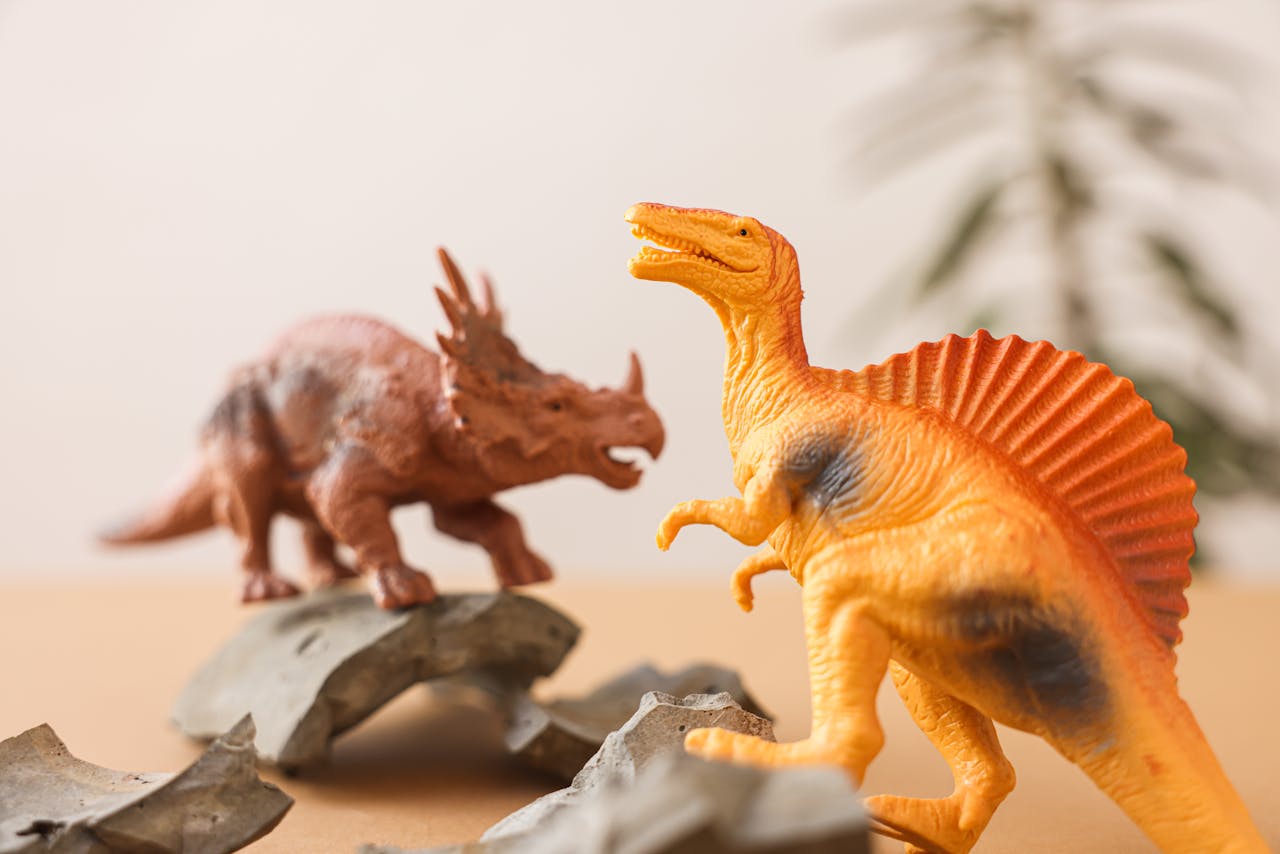“Every mistake is a portal of discovery.” — James Joyce
In a world that increasingly pressures children to get the right answer, follow the rules, and perform on cue, children’s museums offer something radical: permission to get things wrong. Here, failure isn’t just tolerated—it’s celebrated as a key ingredient in learning.
At Museo dei Bambini, children are invited to explore, experiment, and yes, fail. Not because we want them to stumble, but because we know that through falling down, misjudging, and trying again, they build resilience, creativity, and confidence. In the words of Piaget, “Children have real understanding only of that which they invent themselves.”
Why Failure Matters in Learning
Failure, when experienced in a safe, supportive environment, is one of the most powerful drivers of cognitive development. According to the theory of constructivism developed by Jean Piaget, children build knowledge through active engagement with their environment. Mistakes are not setbacks—they are stepping stones.
Stanford professor Manu Kapur has demonstrated the value of productive failure, a concept that encourages learners to attempt solving problems before receiving instruction. His research shows that students who struggle initially often outperform those who are taught solutions right away. In one study, Kapur found that students who engaged in problem-solving before instruction developed deeper conceptual understanding (Stanford Graduate School of Education).
Another study published in Educational Psychologist found that errors, when followed by reflection and feedback, activate the brain’s anterior cingulate cortex, a region associated with attention and error detection (Taylor & Francis Online).
In early childhood, where neural plasticity is high, the benefits of learning through failure are even more profound. Children develop executive functions such as working memory, inhibitory control, and cognitive flexibility by facing and overcoming challenges.
Exhibits That Invite Failure (and Learning)
At Museo dei Bambini, we design exhibits with built-in opportunities for trial, error, and revision. These are not just fun activities—they’re carefully crafted learning environments that encourage persistence and deep thinking.
Domino Drop
Children line up oversized dominoes, often misjudging the spacing or the angle on their first try. When the domino chain collapses halfway, they regroup, problem-solve, and try again. It’s early engineering, physics, and emotional regulation in one joyful package.
Cause & Effect
In this open-ended space filled with ramps, balls, levers, and tubes, children build complex chain reactions. Most don’t work on the first try—and that’s the point. Kids troubleshoot, revise, and adapt. Each failed attempt teaches more than success ever could.
Kinetic Jams
This gear-and-lever exhibit is full of false starts. Children connect pieces that don’t quite fit or align, then learn through experimentation how systems work—and what happens when they don’t.
Ball Ramps
Children construct ramps and test different heights, angles, and surfaces. When the ball veers off course or moves too slowly, they re-evaluate. The repeated failures create an intuitive grasp of force and motion.
Wind Tunnel
Children launch paper and foam shapes into a vertical air stream. Some fly, some tumble. Why? They test weight, surface area, and shape, learning physics principles firsthand through feedback from failure.
What the Science Says
Failure activates not only metacognitive skills (thinking about thinking) but also emotional resilience. According to a report by the Harvard Center on the Developing Child, children build adaptive responses to stress through manageable challenges that include small failures and recoveries (Harvard University).
The American Psychological Association reports that grit and perseverance are among the strongest predictors of success in adulthood, and that these traits are developed early in life through effortful learning experiences—especially when things go wrong (APA).
Carol Dweck’s research on growth mindset has shown that praising effort over outcome encourages children to view failure not as a fixed deficit, but as a natural part of learning. In one study, children who were praised for effort were more likely to persist after making a mistake than those praised for being “smart” (Mindset Works).
What Educators and Facilitators Do
In a children’s museum setting, the adult’s role is not to intervene too soon, but to observe, support, and ask guiding questions:
- “What do you think happened there?”
- “What would you change next time?”
- “Why do you think that didn’t work?”
These prompts turn frustration into reflection. They shift the focus from winning to wondering.
Museum staff are trained to recognize when a child is in the “sweet spot” of challenge—where they are stretched, but not overwhelmed. This is where real learning occurs.
What Families Notice
Parents often remark on how persistent their children become when failure is framed as part of the fun. One parent shared, “My son spent 20 minutes trying to make the ball hit the bell. It didn’t work the first ten times, but he kept tweaking the ramp. When he finally got it, he screamed with joy. That moment was his.”
Another said, “Usually my daughter cries when something doesn’t work. But here, she just kept saying, ‘Let me try again.’ That was amazing to see.”
Failure in this context is safe, shared, and surrounded by curiosity—not shame.
Why Children’s Museums Are Ideal Environments for This
Unlike schools, which may emphasize right answers and time limits, children’s museums are low-stakes, high-choice environments. There are no grades, no scripts, and no pressure to perform. Children move at their own pace and revisit challenges as many times as they like.
These spaces are also multisensory and hands-on, which supports learning across developmental stages and styles. Whether a child learns by doing, watching, or touching, they have equal access to discovery.
And importantly, these museums are built on trust: trust in the child’s ability to learn through experience, and trust in the process of play as serious intellectual work.
Supporting Failure at Home
The lessons of the museum don’t have to end at the exit. Parents and caregivers can encourage healthy risk-taking and learning from failure by:
- Valuing the process over the product (“You really worked hard on that,” instead of “That looks perfect!”)
- Asking reflective questions when something goes wrong
- Sharing their own mistakes and what they learned
- Creating time and space for open-ended play without specific goals
Mistakes shouldn’t be minimized or dismissed—they should be welcomed as learning moments.
Conclusion: Failing Forward
Failure is not a flaw in learning—it’s a feature. At children’s museums, kids are free to get things gloriously wrong. And in doing so, they discover something far more valuable than the “right answer”: they discover their own power to persist, adapt, and grow.
As educators, parents, and designers of learning environments, our job is not to protect children from every fall, but to make sure the floor is soft enough for them to get up stronger.
In the joyful, curious, failure-filled halls of Museo dei Bambini, every mistake is not the end of the story. It’s the beginning of one.
Further Reading & References
- Stanford University: When Failure Leads to Learning
- Harvard Center on the Developing Child: Building Core Capabilities
- APA: Grit and Success
- Carol Dweck’s Growth Mindset Research
- LEGO Foundation: Learning Through Play
- Educational Psychologist: The Role of Errors in Learning
- Child Development: Learning Through Exploration



